The gulintangan of Brunei is a captivating musical tradition deeply rooted in the cultural heritage of the Malay Sultanate. Often described as a "small gamelan" of the royal court, this ensemble holds a unique position in Brunei's artistic landscape. Unlike the larger Javanese or Balinese gamelan orchestras, the gulintangan maintains an intimate character, both in its physical scale and its historical association with palace rituals. Its delicate metallic tones and intricate rhythmic patterns evoke a sense of refinement that has long been associated with the aristocratic milieu of the Brunei Sultanate.
Historical records suggest that the gulintangan's origins may be traced back several centuries, though its exact lineage remains a subject of scholarly debate. Some researchers posit connections to earlier Southeast Asian gong-chime traditions, while others emphasize its distinct evolution within the Brunei court. What is certain is that the instrument became a symbol of royal patronage, often performed during important state ceremonies, weddings, and religious observances. The ensemble typically consists of small bronze or brass kettle gongs arranged horizontally on a wooden frame, accompanied by supplementary percussion instruments like the gendang (drums) and canang (small hanging gongs).
The playing technique of the gulintangan requires remarkable dexterity and precision. Musicians use padded mallets to strike the gongs, producing clear, resonant tones that interlock in cyclical patterns. These patterns, known as lagu, form the foundation of the repertoire. Unlike the interlocking structures of Central Javanese gamelan, gulintangan compositions often emphasize melodic clarity with subtle variations. The lead musician, usually the most experienced player, guides the ensemble through tempo changes and dynamic shifts, creating a mesmerizing aural tapestry.
Beyond its musical dimensions, the gulintangan carries profound cultural symbolism. In the context of the Brunei Sultanate, its presence signified courtly refinement and spiritual elevation. Traditional belief systems associated the instrument's shimmering tones with celestial harmony, and its performance was thought to create a sacred space during royal ceremonies. The careful preservation of specific repertoire pieces—some believed to date back generations—reflects the instrument's role as a living archive of Brunei's aristocratic heritage. Even today, certain compositions remain closely guarded by master musicians affiliated with the palace.
Modern times have brought both challenges and opportunities for the gulintangan tradition. While its association with the royal court ensures continued institutional support, younger generations increasingly view it as an archaic art form. In response, cultural organizations have initiated educational programs to foster appreciation among Bruneian youth. Contemporary experiments blending gulintangan with other musical styles have also emerged, though purists argue that such innovations risk diluting the tradition's essence. Nevertheless, the instrument's distinctive voice continues to resonate—both literally and metaphorically—as a testament to Brunei's rich cultural legacy.
The making of gulintangan instruments itself constitutes a specialized craft. Artisans who produce the gongs employ traditional bronze-casting techniques passed down through generations. The tuning process, which involves meticulous hammering of the gong's boss to achieve precise pitches, requires an acute ear and years of experience. These craftsmen, often working in small family workshops, represent another vital link in the chain of cultural transmission. Their work ensures that the physical instruments maintain the acoustic qualities cherished by performers and connoisseurs alike.
Scholars studying Southeast Asian musical traditions have noted the gulintangan's distinctive place within the region's gong-chime cultures. While sharing superficial similarities with Philippine kulintang or Indonesian gamelan, the Bruneian tradition exhibits unique structural and aesthetic characteristics. The repertoire's modal system, for instance, differs substantially from the pelog and slendro scales of Java. These musical distinctions reflect Brunei's historical position as a cultural crossroads, absorbing influences while maintaining its own artistic identity.
Today, the gulintangan enjoys recognition as an important intangible cultural heritage of Brunei. Its occasional performances during state functions and cultural festivals serve as reminders of the nation's deep-rooted traditions. For those fortunate enough to witness a skilled ensemble's performance, the experience offers more than musical enjoyment—it provides a fleeting glimpse into the refined soundworld of the Malay Sultanate, where artistry and aristocracy once converged in harmonious splendor.

By /Jun 6, 2025

By /Jun 6, 2025

By /Jun 6, 2025

By /Jun 6, 2025

By /Jun 6, 2025

By /Jun 6, 2025

By /Jun 6, 2025

By /Jun 6, 2025
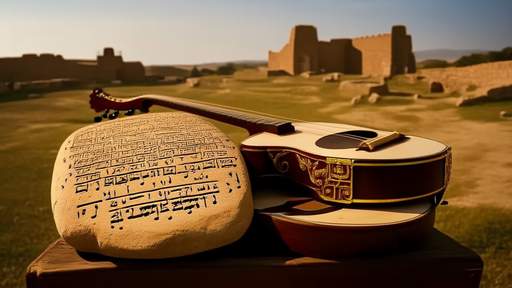
By /Jun 6, 2025

By /Jun 6, 2025

By /Jun 6, 2025
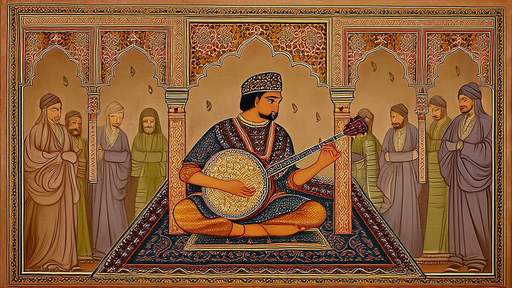
By /Jun 6, 2025
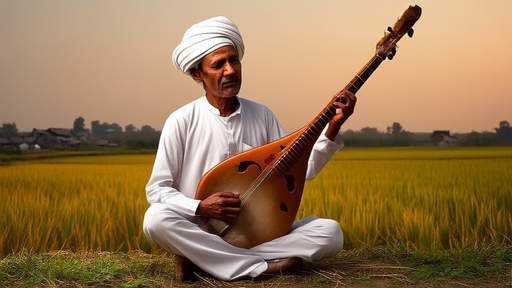
By /Jun 6, 2025

By /Jun 6, 2025

By /Jun 6, 2025
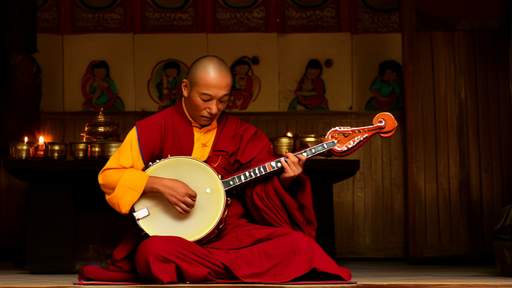
By /Jun 6, 2025
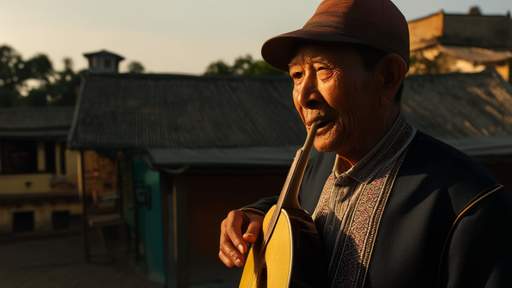
By /Jun 6, 2025
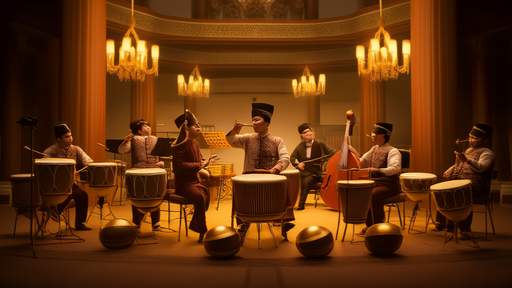
By /Jun 6, 2025
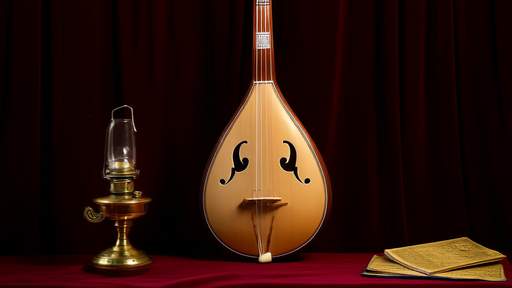
By /Jun 6, 2025
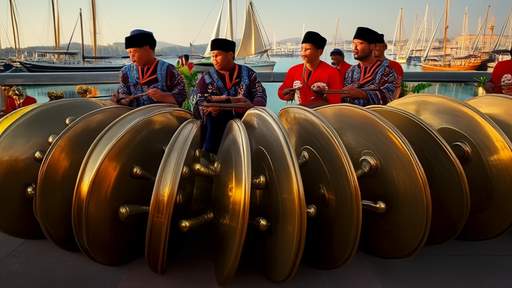
By /Jun 6, 2025